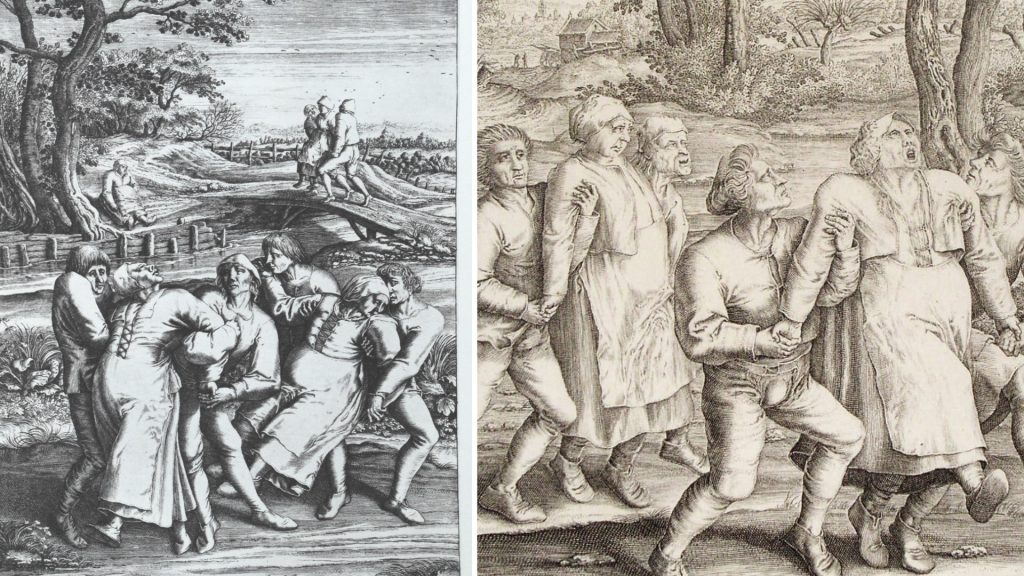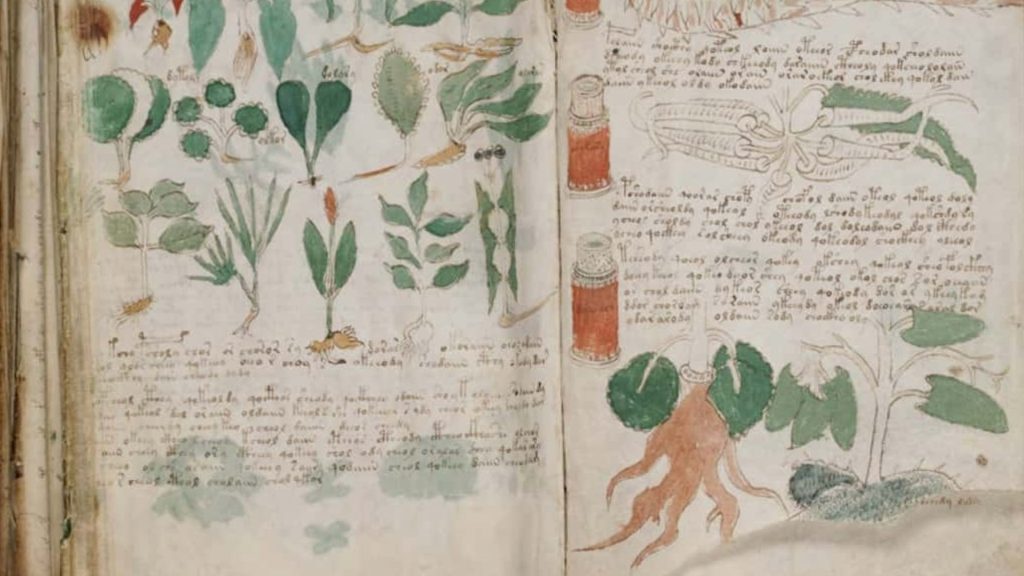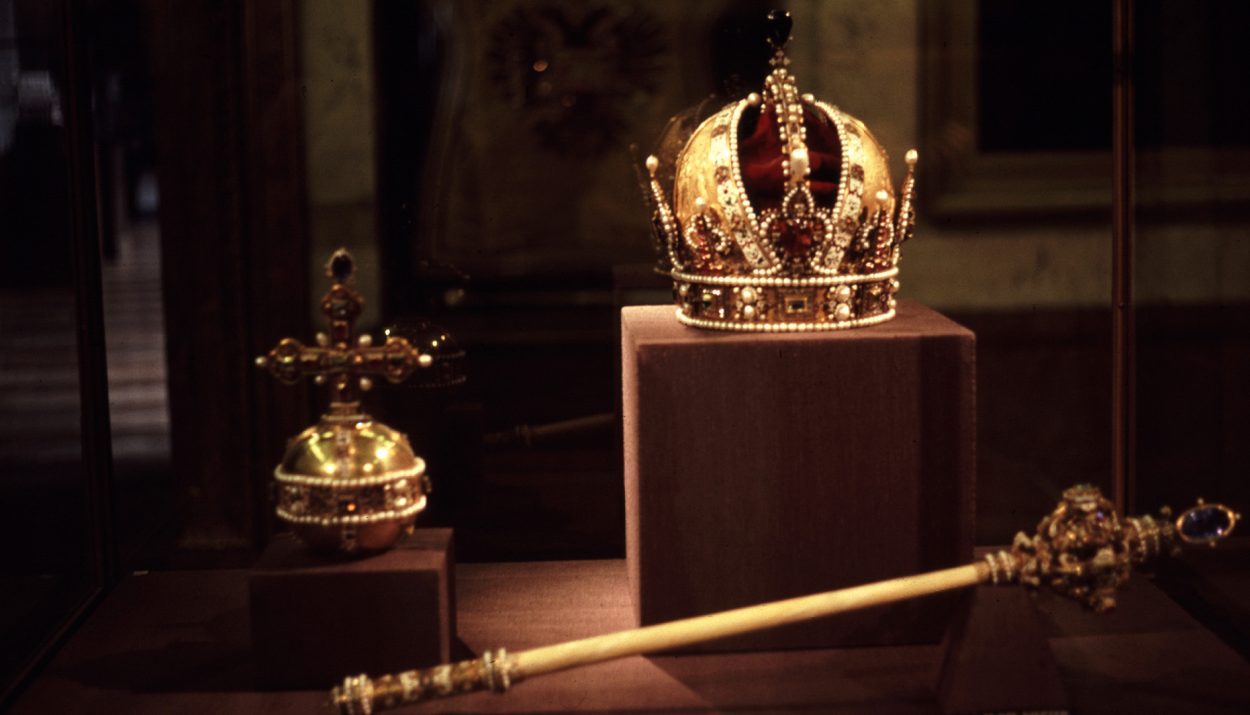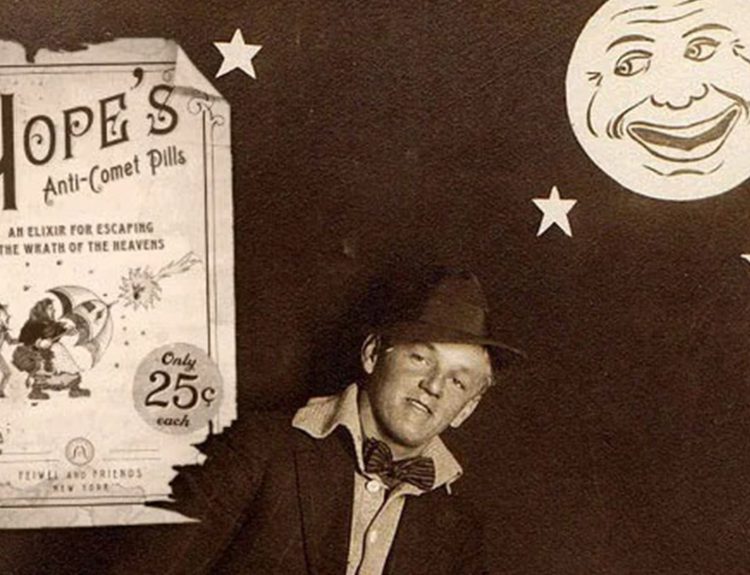History is much more than memorizing boring dates. In reality, history is filled with amazing, bizarre, mind blowing, and unbelievable stories that have woven themselves into our human culture. The stories in this collection may not have caused regimes to fall or changed the course of human history, but they serve as a reminder that tales of the past aren’t always dry and dusty.
As you read these 12 strange but true stories of the past, appreciate the oddness of nature, the gullibility of the human mind, the head scratching events, and the truly bewildering items of the past. You’ll see that history is anything but boring.
The Dancing Plague of 1518
In July 1518, a young woman began dancing in the streets of Strasbourg, a town in what is now France. Other townspeople joined in. They all claimed they had the uncontrollable urge to keep dancing. The dancing fever spread until several hundred people felt compelled to dance. Once they started dancing, however, they couldn’t stop.

As the days turned into weeks, the near-constant dancing began to take its toll. Dancers collapsed from exhaustion, dehydration, and injuries. Some of them even died. As quickly as it started, the Dancing Plague ended. The cause of the bizarre dancing affliction is still unknown, but the most widely accepted theory is mass hysteria.
The Beer Flood of 1814
On October 17, 1814, a massive vat containing more than 135,000 gallons of fermenting beer experienced a catastrophic structural failure. A wall of beer swept through the parish of St. Giles, London. The source of the tidal wave of beer was the Meux and Company Brewery. The force of the beer destroyed homes, knocked buildings off their foundations, and toppled trees.

Eight people were killed in the beer flood. Some drowned in the brew. Others were fatally injured when their homes collapsed. Still others were struck with tree branches or other debris. The accident shined a light on the lack of regulations and oversight in the beer making industry and contributed to the passage of safety standards.
The Voynich Manuscript
The origins of the Voynich Manuscript are unknown – as is its author – but this mysterious book is said to date back to the 15th century. The entire book was written in an unknown and undecipherable language. The handwritten script exhibits some unique linguistic characteristics, but so far, no one has been able to translate it.

Equally puzzling are the illustrations in the Voynich Manuscript. Beautifully drawn with stunning details, the artwork in the book shows plants, star charts, and human-like figures. But the plants depicted don’t match up to known plants and the people are shown in bizarre, fantasy-like scenes. Researchers still do not know who wrote the book, why, and what it says.
The Exploding Whale of 1970
When the carcass of a ginormous whale – measuring about 45-feet long and weighing roughly 8 tons – washed up on the beach in Florence, Oregon, on November 9, 1970, the coastal management division of the State Highway Department had a whale of a problem on their hands. How to remove the massive sea creature before it creates a rotting, smelly mess? Someone had the brilliant idea of dynamiting the carcass … after all, this approach works well when clearing giant boulders from the highways.

On November 12, they put their plan into action. But the result wasn’t the neat pile of easily removable pieces like they imagined. Instead, the blast peppered the crowd of onlookers with blood and blubber. Chunks of the whale shot into the air and scattered them throughout the community. One particularly large chunk landed on a parked car causing severe damage. For weeks after, the town smelled of rotting whale meat because there were small pieces hidden everywhere.
The Tunguska Event of 1908
A powerful and mysterious blast suddenly ripped through a remote and uninhabited region of Siberia near the Tunguska River on June 30, 1908. The explosion leveled a 770-square mile area in the forest, flattening an estimated 80 million trees. Researchers speculate that the blast was equivalent to between 10 and 15 megatons of dynamite.

But what caused the explosion? No one can say for sure, but many scientists believe it was an airburst caused by a comet or meteor entering the earth’s atmosphere. Other theories blame natural gas or a mini black hole. One thing is sure … nothing struck the ground. Whatever it was exploded before making impact.
The Dark Day of 1780
The people living in New England in 1780 were still dealing with the Revolutionary War when, it appeared, a new threat was bearing down on them. In May of that year, people woke to a sunny morning as usual, but by mid-morning, the sun suddenly disappeared. The whole region fell into darkness. Birds stopped singing, chickens went to roost, and a strange silence fell over the land.

Most people believed it was a sign of the impending apocalypse. In response to the blanket of darkness, they lit their candles and prayed for salvation. Their prayers were answered, for the next day, the sun returned. No, the Dark Day of 1780 was not the result of an eclipse. Today, meteorologists believe the sun’s light was obscured by a combination of fog and wildfire smoke.
The Colorful and Quirky Toad–Eating Baronet
Sir Francis Dashwood was a colorful and charismatic member of the British elite in the 18th century. He was charming and made friends easily, but he also earned a reputation for being odd, unconventional, and quirky. He seemed to thrive on the attention he got from his outrageous behavior.

One of his favorite party tricks was to eat live toads as a way of shocking proper society. He and some like-minded pals hosted meetings of an organization called “Dilettanti Society.” It was whispered that the group took part in bizarre rituals and practices involving “sex, drink, food, dressing up, politics, blasphemy, and the occult.” It seems only natural that he earned the nickname, the “Toad-Eating Baronet.”
Tulip Mania
As any social media marketer will tell you today, you just never know what the next big, viral trend will be. And when it will end. In the 17th century in the Netherlands, folks took a fancy to the common tulip. Everyone had to have some tulips … and they demanded new, rare, and showy flowers to one-up their friends. Tulips were the biggest status symbol of the day.

As Tulip Mania swept through Europe, the prices of tulip bulbs soared. Some bulbs were so expensive it took a person’s entire wages for a whole year just to purchase one bulb. In many cases, a single bulb costs more to buy than a house. People threw their fortunes into investing in tulip bulbs. But as quickly as it started, Tulip Mania was over, leaving many people financially ruined … but with pretty landscaping.
The Immortal Count
Count Saint-Germain was a strange and mysterious figure that, according to accounts, lived for several centuries. He was handsome, charming, and intelligent. He spoke several languages, could play many musical instruments, and has a vast knowledge of history … it was as if he lived through hundreds of years of European history.

By most accounts, Saint-Germain never aged. People claim to have met him when they were children then encountered him again decades later and he looked exactly the same. Count Saint-Germain attended all the finest parties and banquets, yet no one ever saw him eat or drink. He was known to dabble in alchemy, so it was believed that he had learned the secrets of immortality.
The Cottingley Fairies Hoax
It is amazing to think that two little girls were able to trick so many people – including Sir Arthur Conon Doyle who penned the Sherlock Holmes books – into believing they had photographic proof of the existence of fairies. The girls, cousins Frances Griffiths and Elsie Wright, used Elsie’s father’s camera to snap a series of photographs of them interacting with tiny, winged fairies.

The photos were widely circulated around England. They sparked renewed interest in supernatural beings. The girls had a number of prominent supporters, including Sir Arthur Conan Doyle who wholeheartedly believed the photos to be real. There was just one problem. They weren’t. Decades later, the girls confessed to arranging paper cutouts of fairies they clipped from a book and pasted onto thin sticks to stage their famous photographs.
The Pig War of 1859
The San Juan Islands off Washington State was the site of a potentially violence conflict between American settlers living on one side of one of the islands and the British troops stationed on the other side. This island, and many of its neighboring islands, are situated in the waterway between the U.S. and Canada and there was some debate over which nation owned the land.

Things came to a head in 1859 when an American settler shot and killed a stray pig … an animal that belonged to a British military officer. The event triggers a series of events that resulted in both American and British troops manning their battle stations. Fortunately, the incident was resolved through diplomatic talks rather than bloodshed. No one died in the Pig War …. except for the pig.
The Molasses Flood of 1919
On January 15, 1919, a giant holding tank containing more than two million gallons of molasses ruptured. The thick, sticky substance poured through Boston’s North End neighborhood in a brownish, 35-mile per hour tidal wave. The velocity and force of the wall of molasses knocked buildings off their foundations and toppled homes.

Tragically, 21 people were killed in the Molasses Flood. Another 150 were injured and several city blocks were destroyed. As temperatures dipped, the cleanup effort was stymied. It is believed that unseasonably warm temperatures caused the molasses to ferment, and the resulting gas built up pressure in the tank.






